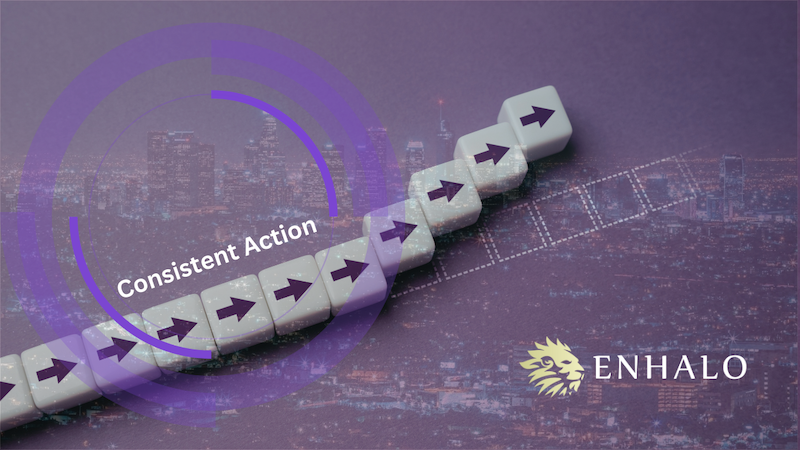The cyber landscape is tough. Ransomware, phishing, and data breaches aren’t just stories on the news – they’re realities every business faces. But here’s the truth: There’s no magic bullet or complex formula for success – just solid, practical actions. Effective cybersecurity doesn’t come from luck; it comes from being prepared and taking ownership of your security measures.
Patching: The Foundation of a Strong Defense
One of the most straightforward yet essential defenses against cyberattacks is regularly patching systems and software. Hackers often exploit vulnerabilities in outdated software, and failing to patch regularly leaves the door wide open for attacks. Unfortunately, many organisations continue to prioritise operational convenience over security, leading to preventable breaches. The truth is, while patching isn’t exciting, it’s vital to maintaining a strong security posture.
The Growing Ransomware Crisis
Ransomware attacks surged by 67% in 2024, with hackers becoming increasingly brazen in their attempts to extort companies. Many of these attacks are preventable, as they exploit vulnerabilities that could be fixed with proper patching or avoided with better security awareness. The rise of Ransomware-as-a-Service (RaaS), a model where cybercriminals rent ransomware from developers, further lowers the entry barrier, making it easier for hackers to launch attacks. In this model, developers create ransomware and offer it to other cybercriminals for a fee, often a percentage of the ransom collected, thereby democratising the use of ransomware. Now more than ever, organisations must act – procrastination is too costly.
Complacency: The Hidden Enemy
Neglecting cybersecurity doesn’t just lead to financial losses from breaches – it can cause irreparable damage to an organization’s reputation. A single attack can disrupt operations and destroy years of trust built with clients and partners. Cybersecurity isn’t something that can be deprioritised without consequences. Your organisation’s future depends on the security measures you put in place today. Complacency, that feeling of satisfaction with the current state of affairs and not making an effort to change or improve, is the hidden enemy in cybersecurity. It leads to a false sense of security and prevents organisations from taking necessary precautions.
Leading the Charge in Cybersecurity
Cybersecurity must start from the top. Executives need to make it clear that security is a priority, allocating both time and resources to prevent vulnerabilities and reduce risks. Leadership’s commitment to cybersecurity sets the tone for the entire organisation, ensuring that security becomes an integral part of the business strategy, not just an afterthought.
Building a Culture of Security

Successful cybersecurity isn’t about flashy new tools – it’s about consistently applying the basics. Teams should not be encountering their response plans for the first time during an actual breach. Companies with a cyber crisis playbook know how to react to breaches, communicate with customers and stakeholders, and restore systems with minimal downtime.
At the same time, fostering a culture of transparency around cyber risks helps ensure that employees feel comfortable reporting potential issues without fear of retribution. Too often, small red flags are ignored because staff members are unsure whether what they’ve observed is relevant. When employees are empowered to raise concerns and actively participate in cybersecurity, it creates a collective defense mechanism that strengthens the organisation’s overall security posture. This sense of unity and shared responsibility is a powerful asset in the battle against cyber threats.
Simple Actions, Big Impact
The future of cybersecurity depends on our commitment to fundamentals. It’s not about secret solutions or complex strategies and it is not a one-time effort but a continuous process of adaptation and improvement.
Therefore, the power to protect your organization lies in your hands – starting with the basics.







